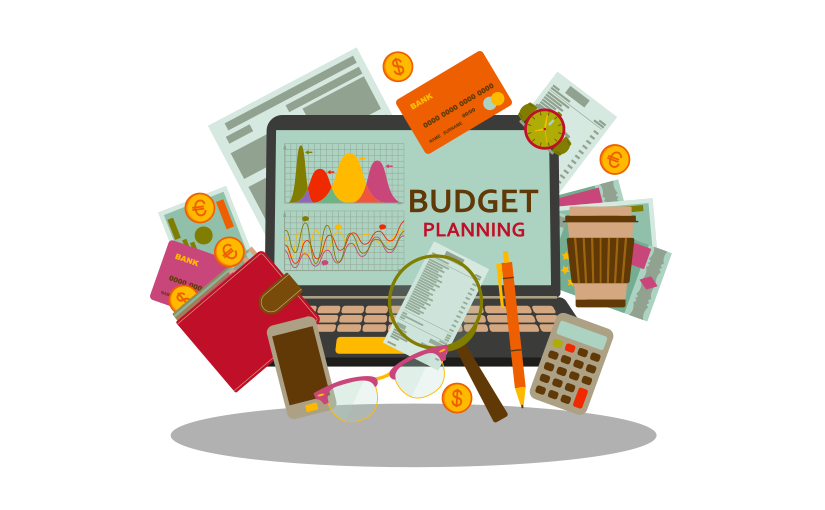Do you have healthy spending and saving habits? Or are your expenses soaring out of control?
A recent U.S. Bank study revealed that a mere 41 percent of Americans plan their spending (this is a bit better than the results of a 2013 Gallup poll where only 32 percent of American households stuck to a budget). This is despite all of us knowing that budgeting is a key aspect to being able to effectively control our financial situation.
There are two key reasons behind this dilemma:
- We don’t know how to budget (this is likely because we don’t have a realistic understanding of what our monthly expenses are)
- We aren’t using a budgeting style that works for us
There are the so-called “Type A’s” among us who seem to naturally possess the talent of sticking to a budget. They enjoy maintaining a strict balance sheet of debits and expenses each and every month which—while certainly commendable—just isn’t everyone’s style.
Whether you’re great at staying within your budget or are finding it a struggle, here are four budgeting methods that can help you eliminate debt and grow your investment portfolio.
1. The Zero-Based Method
The most popular though also sometimes the most stressful of all is the zero-based method of budgeting. This is much like the method we described above: draw a line down the center of a sheet of paper and write all sources of income on the left-hand side (earnings, tax benefits, government support, etc.) and list your expenses on the right-hand side. There should be some leftover for you to put toward savings or investments.
This is called the zero-based method because everything should add up to “0” at the end of the month. Being so exact, many individuals may find this method too time consuming to use. With that said, it is the best way to get a full snapshot of your finances, and despite the budgeting method you choose, may be worth practicing for a month or two so you get a full dose of your financial reality.
2. The Envelope Method
This incredibly simple method involves an individual adding up all of their fixed and variable expenses and then subtracting those costs from their income. Place the value of each expense into an individual envelope, label the envelope with the expense its paying and its cost, and when you receive your paycheck from work stuff each envelope with the amount needed to pay that expense.
What do you do with the rest, you ask? Spend it as you wish. But as you become more financially savvy, you’ll look beyond taking yourself out for dinner or buying a new outfit and start considering growing your money through investments.
3. The Cash-Only Approach
There’s something about having to go to the effort of counting out change that makes the human brain rethink certain purchases.
The cash-only approach capitalizes on this folly of the mind, forcing us to acknowledge how much money we have as opposed to blissfully tapping or swiping a debit or credit card. Purchases which once seemed like an easy add-on—like a snack while filling up at a gas station or a quick coffee down the street—become a whole lot less convenient and a whole lot less worth our hard-earned dollars.
4. The 50/30/20 Rule
Here’s how the “balanced money formula” plays out:
- 50 percent of your earnings are spent on needs (mortgage/rent, electrical, groceries, etc.)
- 30 percent of your earnings are spent on wants (new clothes, shoes, electronics, etc.)
- 20 percent of your earnings are put into savings or toward debt reduction
If you’re asking, “should I save or pay down debt?” the truth is that there is no cut and dry answer. Generally speaking, paying off debt (unless you have nearly zero interest on that debt) is probably the way to go. Speaking with a financial planner about your specific financial situation will go a long way in helping you decide which is best for you.
Sticking to a budget is essential for financial freedom. The more you budget, the less debt you’ll accrue and the more control you’ll have over your future. It doesn’t matter if you’re a Millennial, part of Gen-X, or a Baby Boomer, the opportunity to grow your financial wealth can start now.
